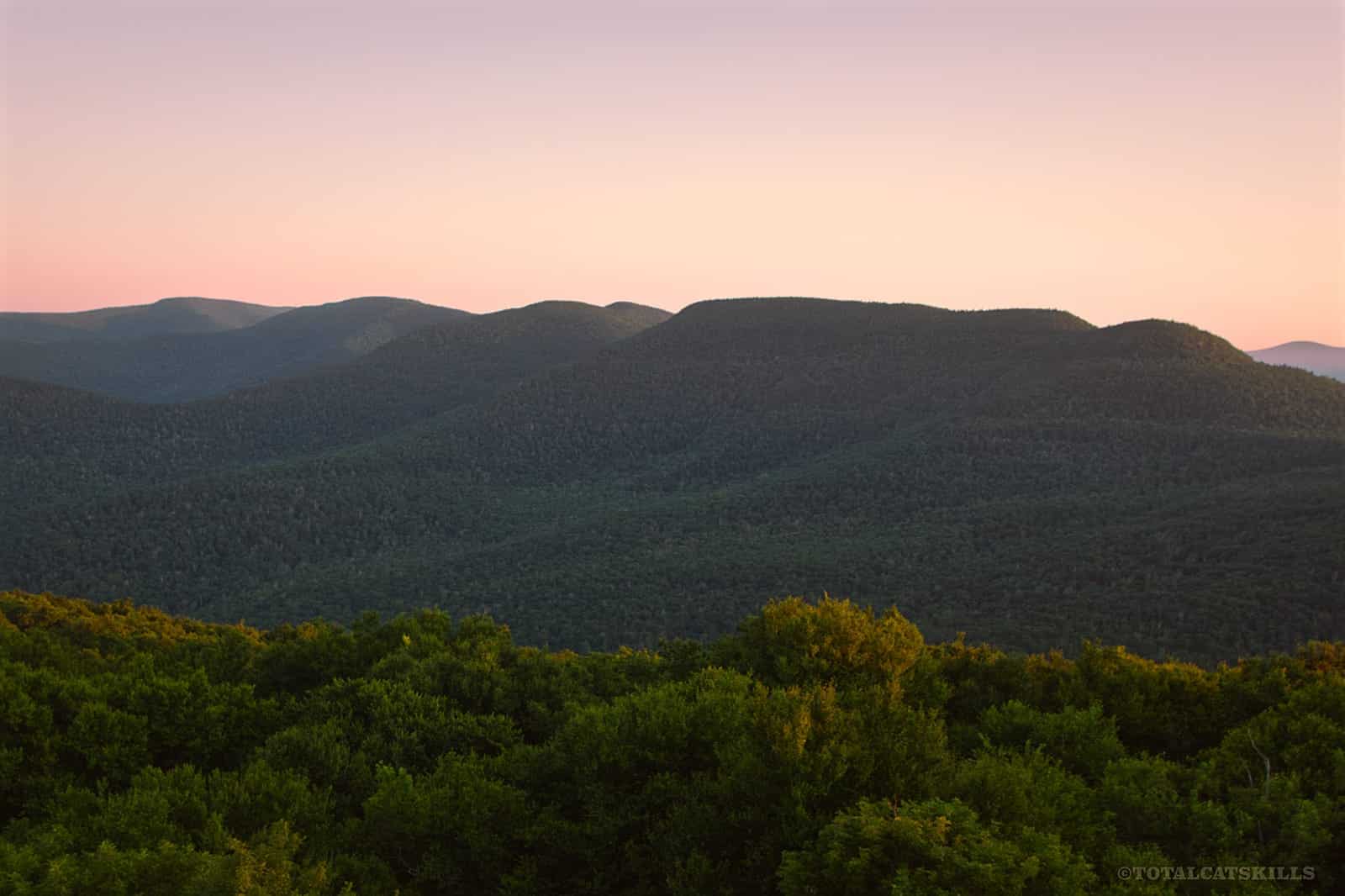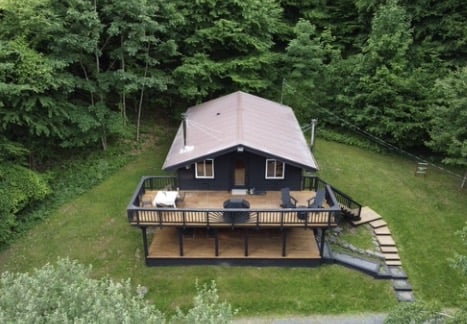Disclosure: This content may contain affiliate links. Read my disclosure policy.
Long before Europeans “discovered” the area we call The Hudson Valley, Native Americans had been cultivating the land for thousands of years, perhaps since the glaciers first retreated 13,000 years ago.
The Indian Removal Act of 1830, signed into law by President Andrew Jackson, marked a tragic chapter in American history. This policy led to the forced relocation of numerous Native American communities, severing their deep ties to lands they had cherished for generations.
Among those affected were the Iroquois, whose rich cultural legacy once thrived in what we now call New York. Today, their descendants are scattered across various regions, including New York, Wisconsin, Ontario, and Quebec, continuing to preserve and celebrate their heritage despite the distance from their ancestral lands.
The Mohican people, integral to the Catskills region, also faced displacement under the same policy. They found new homes primarily in Wisconsin and Ontario, far from the valleys and mountains that once defined their existence.
Similarly, the Lenape, who had a significant presence in the East, were relocated to present-day Oklahoma in the 1860s, with modern-day communities also residing in Wisconsin and Ontario.
Catskills Native American Tribes
The modern Catskills region lies at the intersection of three Native American territories which overlap:
- Haudenosaunee (ho-dee-no-SHOW-nee) who we used to call the Iroquois (comprised of the Mohawk, Oneida, Onondaga, Cayuga, and Seneca) — most of the Catskill Park lies within Haudenosaunee territory which covers the northern and western Catskills
- Mohican (mo-HEE-kan) — includes the northeastern Catskills starting in Spruceton Valley
- Munsee Lenape (le-NAH-pay) — areas south of the Devil’s Path in the eastern Catskills, and the Pepacton in the western Catskills, including the Ashokan, Rondout and Neversink reservoirs
As we hike and admire the beauty of the Catskills, it’s vital to remember these lands’ original stewards. Their history and their stories are etched into the very landscape we explore.
Understanding our past is a step towards a more empathetic and inclusive future.
BTW, you might also enjoy…
- NEW › New York Hike Finder Tool
- CATSKILLS › Escarpment Trail Guide
- STAY › Find Your Perfect Catskills Stay
- ADIRONDACKS › Dix Range from Elk Lake
- ENTERTAINMENT › 15 Best & Worst Hiking Movies
- Follow › My Instagram @TotalCatskills
- Follow › My Substack @TotalCatskills
- Follow › My writing for Times Union
Consequences of the Indian Removal Act…
- “Iroquois” descendants now live in scattered communities throughout New York, and in Wisconsin, as well as in Ontario and Quebec.
- Under the same policy, many Mohican were also displaced to Wisconsin and Ontario.
- And in the 1860s, the U.S. government sent most Lenape remaining in the east to present-day Oklahoma.
- Modern-day Lenape still live in Oklahoma, with some communities in Wisconsin and Ontario.
- Displaced. Far from their native land.
- The Indian Removal Act contributed heavily to the Trail of Tears, the forced migration of indigenous tribes which facilitated the land grab by white settlers. For example, during the fall and winter of 1838 and 1839, approximately 4,000 Cherokees died on a forced march.
- “The Cherokee Trail of Tears resulted from the enforcement of the Treaty of New Echota, an agreement signed under the provisions of the Indian Removal Act which exchanged Indian land in the East for lands west of the Mississippi River, but which was never accepted by the elected tribal leadership or a majority of the Cherokee people.” [Wikipedia]
Useful Resources…
- Discover the Hudson Valley’s Native American History
- native-land.ca
- thelenapecenter.com
- haudenosauneeconfederacy.com
- mohican.com
- delawaretribe.org
Read More
Get full access…
Get instant access to the full version of this site and enjoy great supporter benefits: full galleries, full trail notes, early access to the latest content, and more.
Hot on the website right now…
Follow for more…
Follow my @TotalCatskills content on Instagram for regular hiking inspo and safe, inclusive community.


